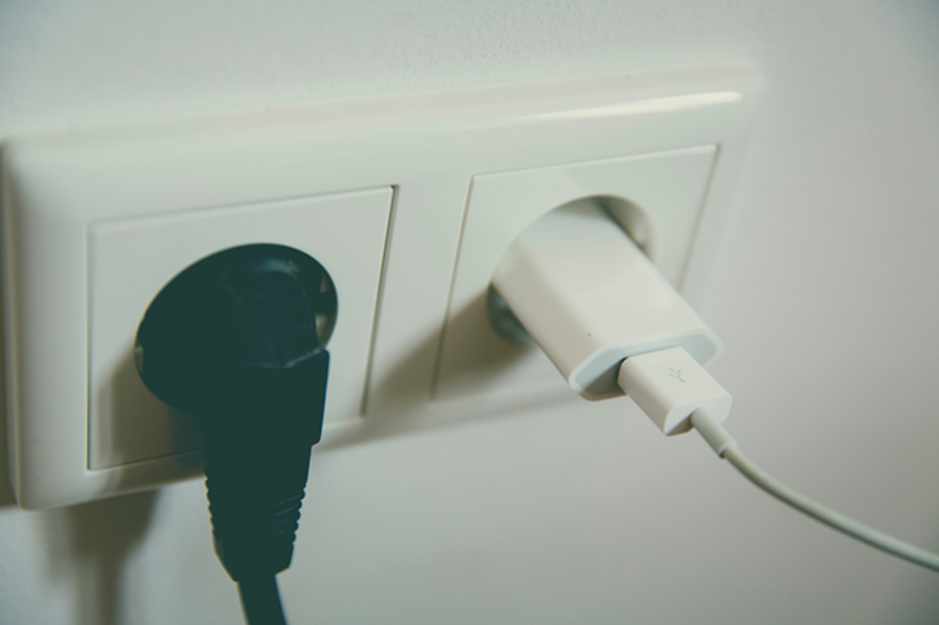Unless you have an electrical outlet precisely where you need it, you most likely utilize electric extension cords around your house. These flexible wires provide power to inaccessible areas while keeping the place tidy.
Most people, however, are unaware of the severe risk posed by using the incorrect type of cable. As per the US Consumer Product Safety Commission, extension cords are our homes' most dangerous electrical products.
They are a prominent and common cause of house fires due to incorrect cord sizing and usage. Extension cord accidents kill around 50 people every year, with 4,000 injuries requiring hospital treatment and more than 3,000 residential blazes caused by the failures.
However, you can prevent most extension cord failures by using the proper type of extension cord for the task. Before you purchase an extension cord, there are a few things you need to know.
- Correct Plug and Cord Pairing
Whether it is a flat extension cord or round, the plug on the device you are trying to power should match the outlet. If it doesn't fit, don't try to make it work by jamming it in or using an adapter; get a longer cord or move the appliance.
- Check the Amps
The number printed on the extension cord is its amperage rating. This rating tells you how much current (in amps) the cable can safely carry. Electrical equipment that requires a higher amp rating than what is supplied by your extension cord will not work and may cause an electrical fire. Therefore, make sure to choose an extension cord with a rating equal to or greater than the ratings of the devices you plan to use it.
- Size of Extension Cord
The appliance’s amperage or wattage determines the size of the extension cord. Your flat extension cord must carry the amperage or wattage of the device. You can find this information on the device or in the owner's manual. If you are not sure, contact the manufacturer. Do not use an undersized cord. It can overheat and cause a fire.
- Type of Extension Cord
There are two types of extension cords: indoor and outdoor. Indoor cables are for use indoors only and should never be used outdoors. Indoor extension cords are made with vinyl insulation that can melt when coming into contact with heat, such as a grill or a space heater. In contrast, outdoor cables have a special insulation that is heat-resistant, ideal for the outdoors.
- Plug Type
There are three types of plugs: polarized, grounded, and ungrounded. Polarized plugs have one blade that is wider than the other. This blade is supposed to go into the outlet first. If the plug does not fit into the outlet, turn it around.
Grounded plugs have two blades and a grounding prong designed for grounded outlets.
In contrast, ungrounded plugs have two blades and no grounding prong. They should only be used in ungrounded outlets, which are rare.
- Electrical Rating
The electrical rating of an extension cord is how much current the cord can carry. The rating is expressed in amps (A) or watts (W). The rating should be at least as high as the amperage or wattage of the device plugged in.
- Fuse or Circuit Breaker
All extension cords should have a built-in fuse or circuit breaker. If the cord becomes overloaded, the fuse will blow, or the breaker will trip, shutting off the power. This feature prevents the cord from overheating and starting a fire.
- Safety Features
Extension cords with safety features are less likely to cause a fire. Some features to look for include: a polarized plug, a grounded plug, a three-prong plug, an LED light that indicates when power is flowing through the cord, and a cord protector that covers the plug and prevents it from being accidentally unplugged. When purchasing an extension cord, always choose one that has been safety tested by an independent laboratory and meets industry standards.
Additional Safety Guidelines to Follow
- Never overload the cord. The amperage or wattage of the device being plugged in should not exceed the rating of the extension cord.
- Do not run the cord under rugs or carpets, as this can create a fire hazard.
- Do not use the cord to carry heavy objects.
- Keep the cord away from heat sources, such as grills and space heaters.
- Ensure the plug is completely inserted into the outlet.
- Unplug the cord when not in use.
- Store the cord in a safe place, out of reach of children.
Conclusion
Extension cords can be a convenient way to power devices that are not near an electrical outlet. However, always purchase a premium-quality extension cord to eliminate safety hazards. The mentioned tips will help you get the best extension cord for your home or office, providing convenience.
Are You a Professional?
Requests for your services are coming in left and right. Let’s connect and grow your business, together.


